Going to go over how to do leg physics since I don’t see a tutorial for it anywhere. I figured out at least a method to do it that works decent enough.
I am assuming if you want to add this to your model, that you already have at least a intermediate level of knowledge of how to use pmxe. Like how to create bones and stuff. If something is not mentioned in detail there is probably tons of tutorials for it already out there.
This is the bone structure for legs that you need to do leg physics.
It might look normal at first but this is a closer look.
extra Ik bones are added with the child of the bones being the lower bone portion of the leg bones.
there is the structure with physics and joints.
ok you should have a good idea how this works. basically the inner physics colliders will oscillate in various directions based on the joint constraints to create the jiggle effect.
steps:
I’ll start with a nude cirno model. I ran the through semi standard bones plugin. I did to auto correct any possible issues with physics or anything else that might be a problem later. Basically I have simply found that when editing a model it is good to run that first.
Add two new bones and place them under where the thigh bones begin. I have them right under so they are easy to click on again later. Make their parent bones match the Ik thigh bones parent bones.
make the child bones of the new bones you created also match the thigh bones.
now you need to make the bones IK and part of the leg system. you need to click the ankle bone in the IK leg chain. make on the bone section window you have the dark orange bone selected. you will see two bones there. 0 and 1. you need to copy the index of the new bone and add into the list in between the other two bones.
now do the same for the other leg.
next add joints and physics to the regular leg joints
make the leg physics smaller
note the physics for the legs. make them not collide with other physics according to your model. other then that, all 4 leg joints have the same stats. and both physic colliders have these stats below.
the joints need to be linked between the new colliders and the existing leg physic colliders. I don’t think a specific direction is necessary but I haven’t checked. the pic illustrates the joint connections.
make sure the physics are attached to the new bones.
you can test in transform view if you want
now it is time to weight paint to the new bones. Gradient from 80 to 0 both legs.
and that is it. watch the legs jiggle in your motions.
when I tired it with this particular model the legs were jiggling too much. way to tone it down are making the weight beginning at less than 80. like from 60 to 0 instead of 80 to 0. you can reduce the X and Z axes movement on joints (not rotation) to soften it up a bit. You need the joint rotation almost at full 360 degrees of movement so it won’t vibrate the leg.

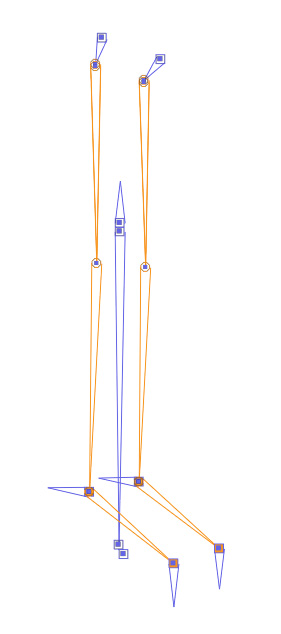
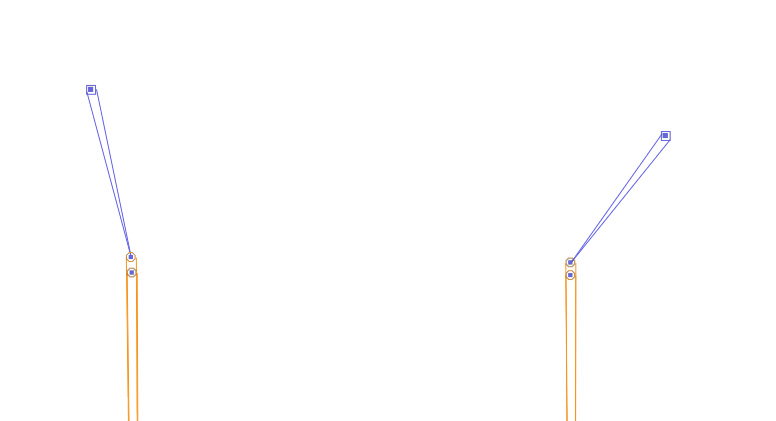
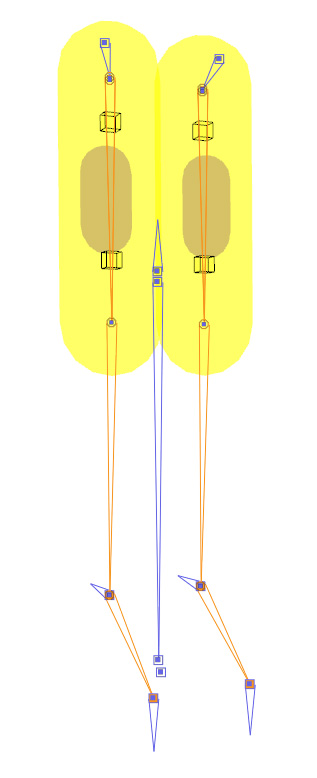
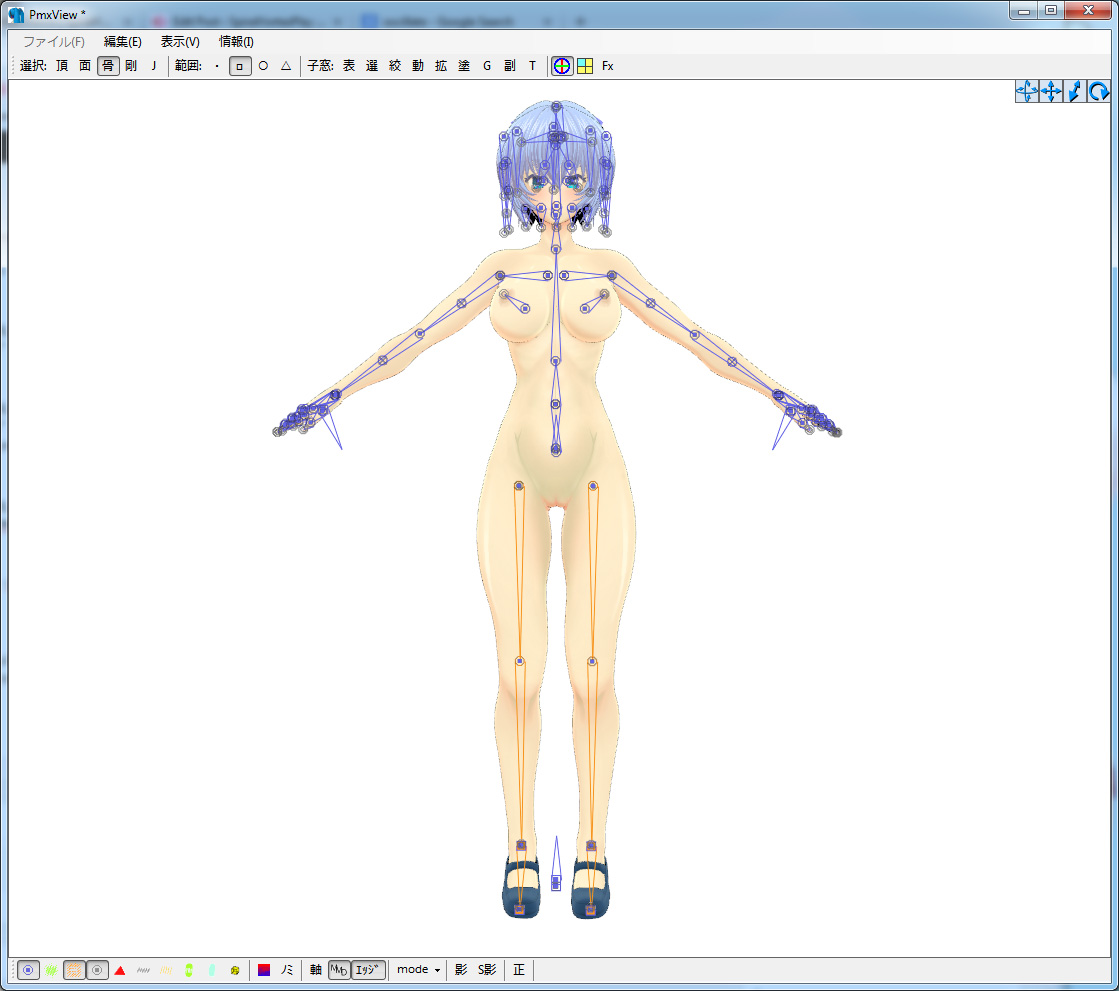
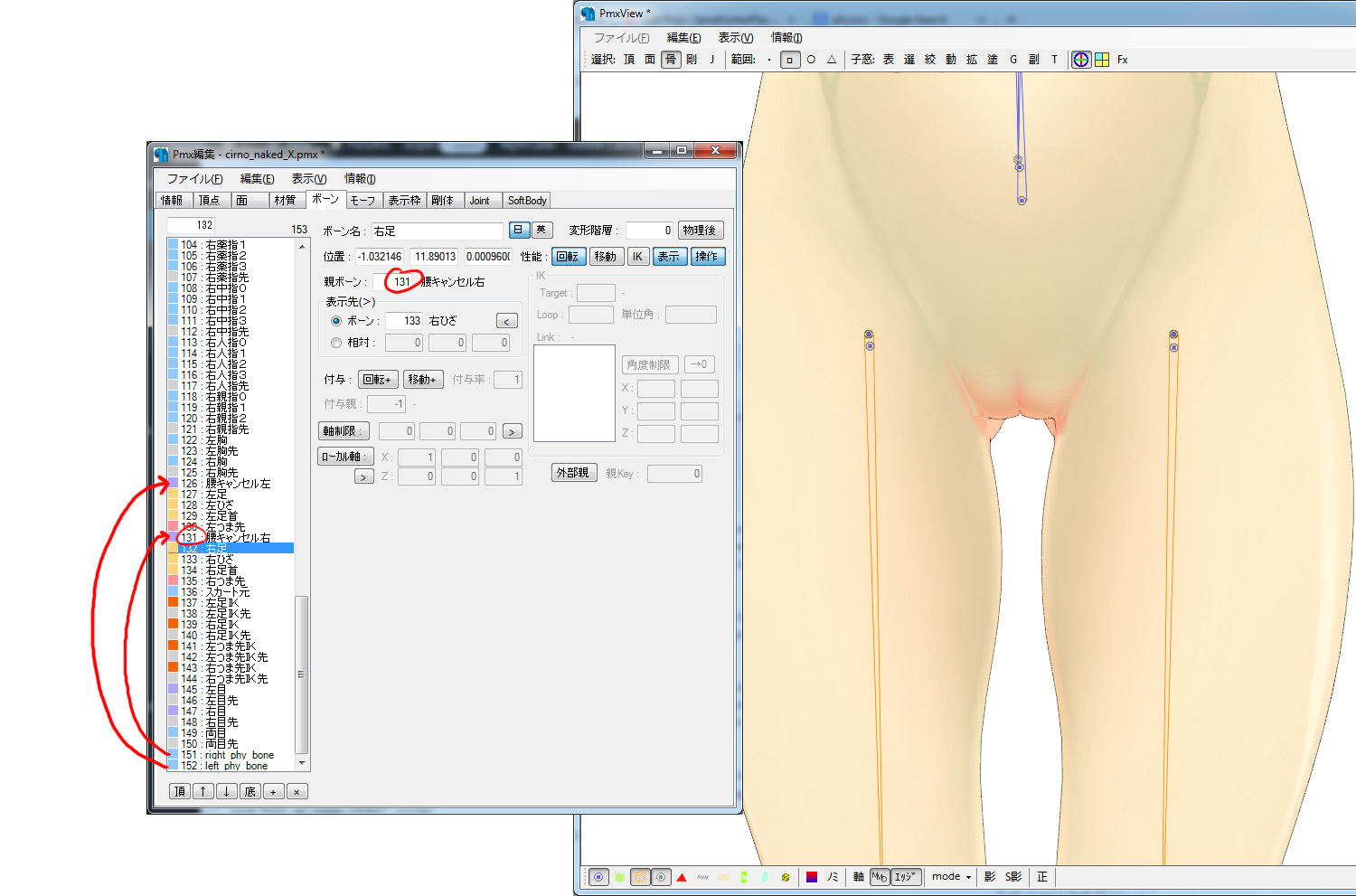
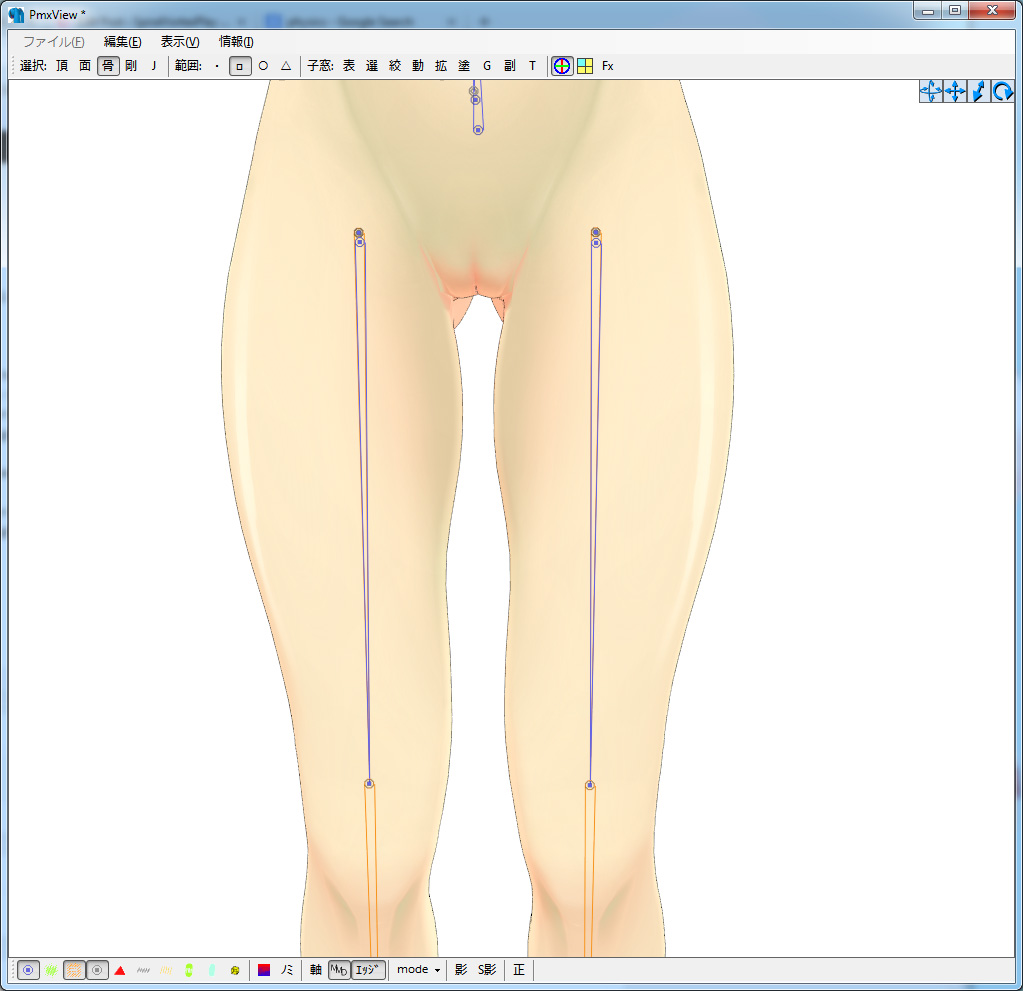
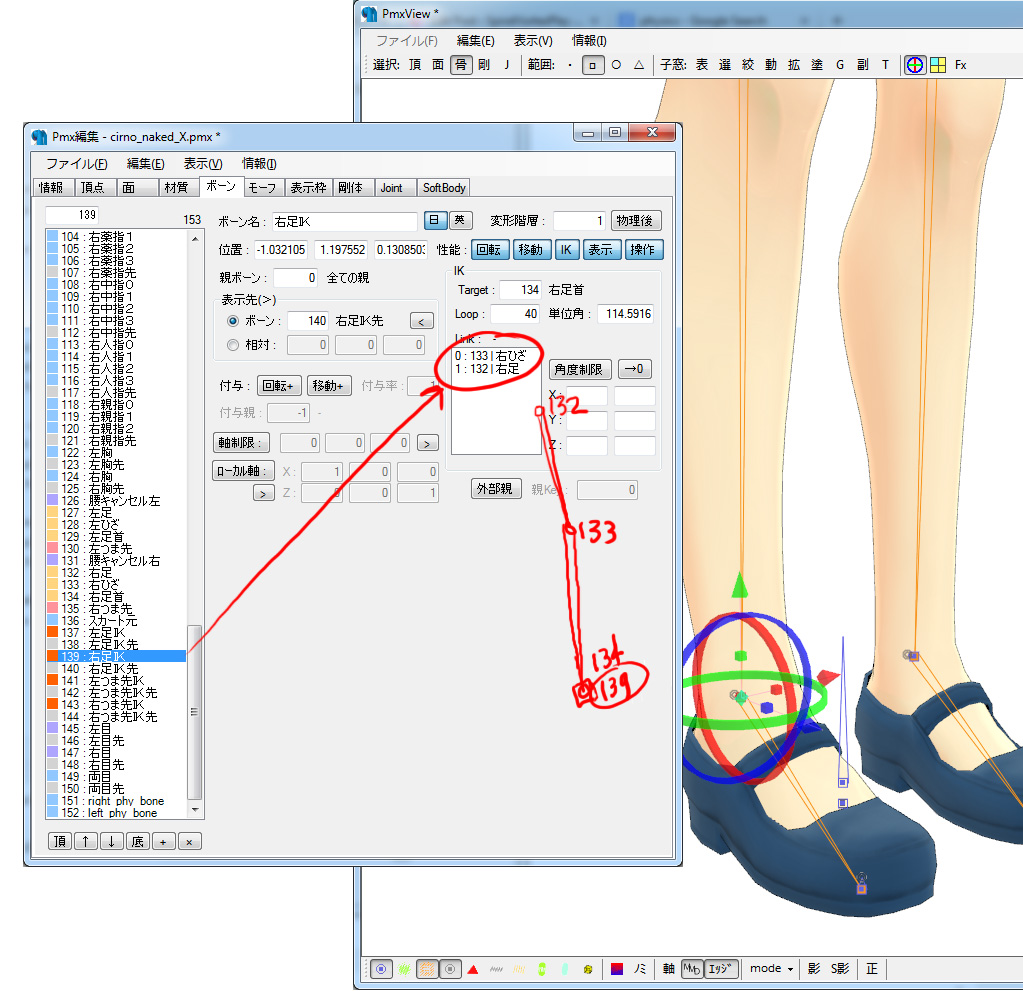
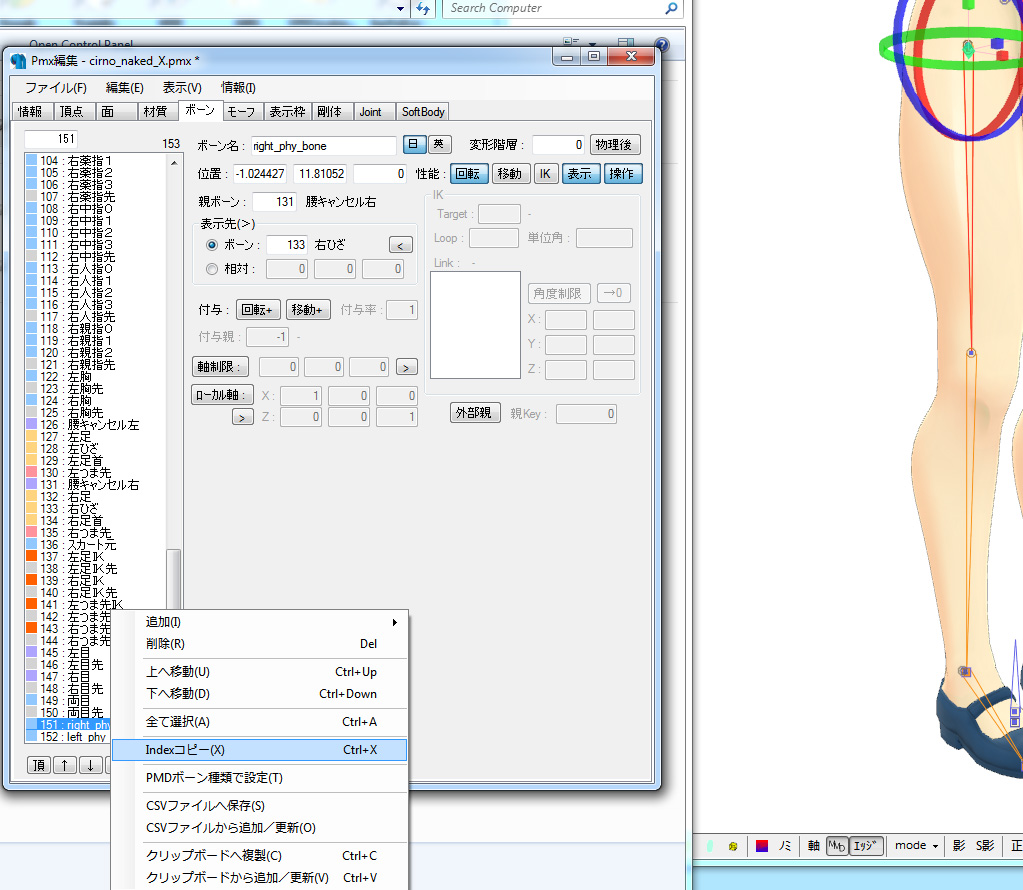

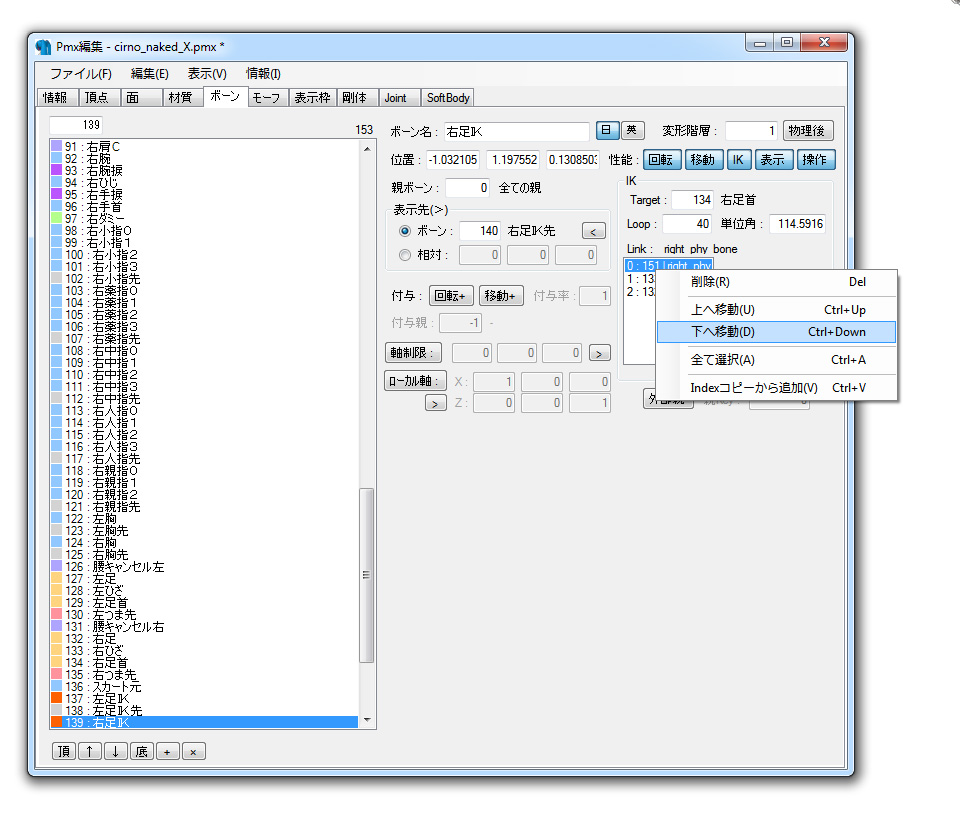
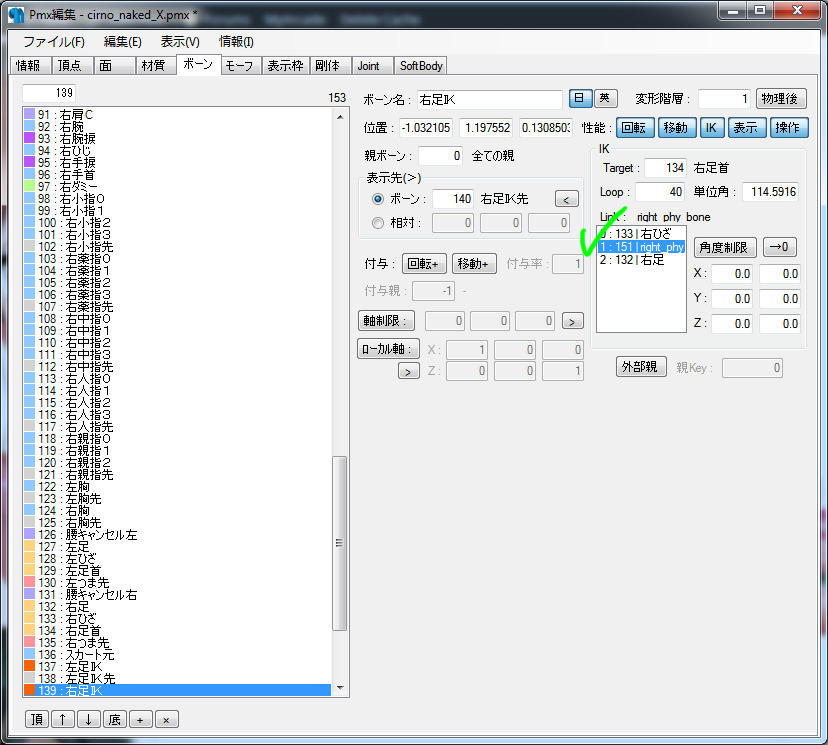
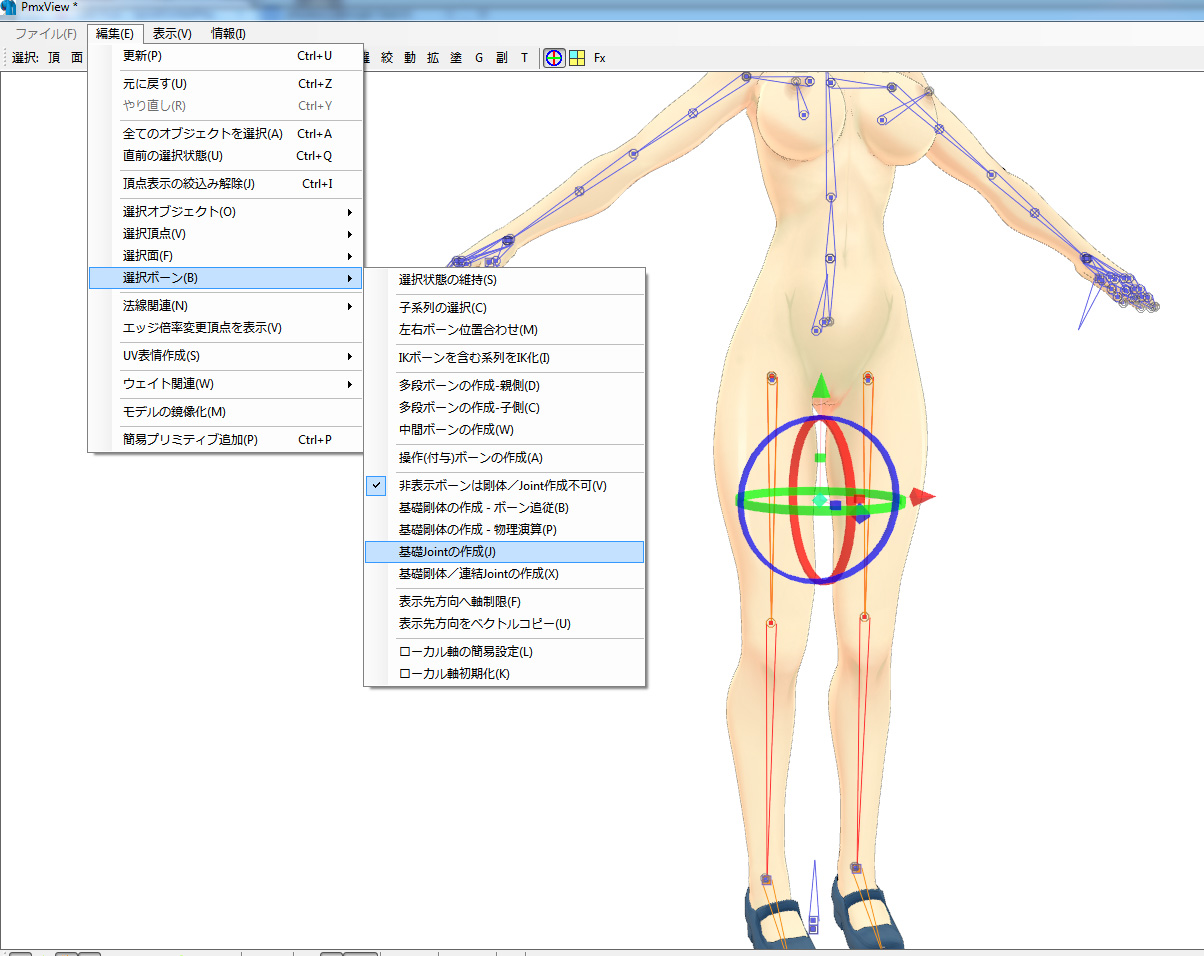

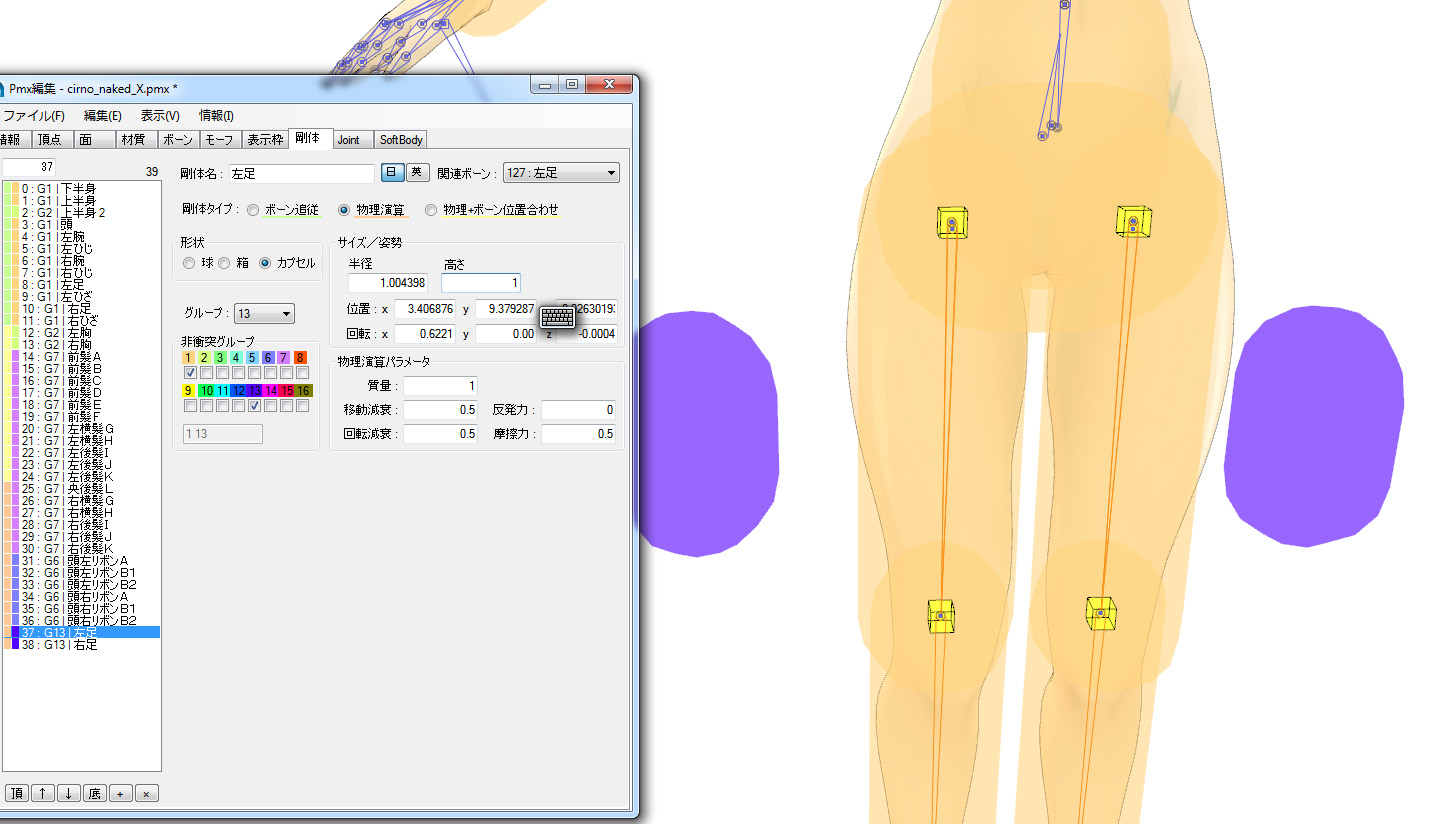




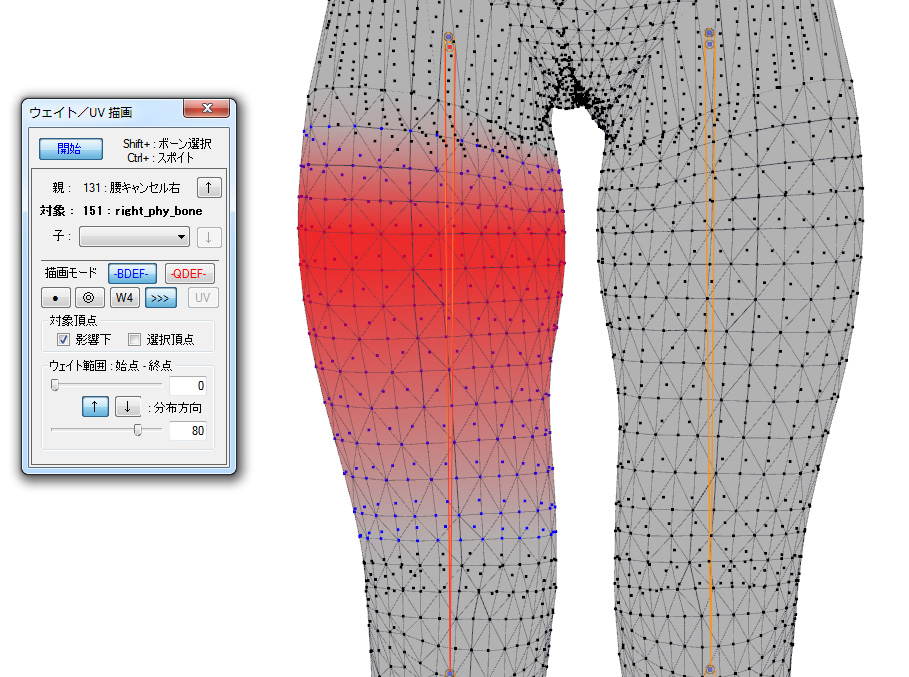
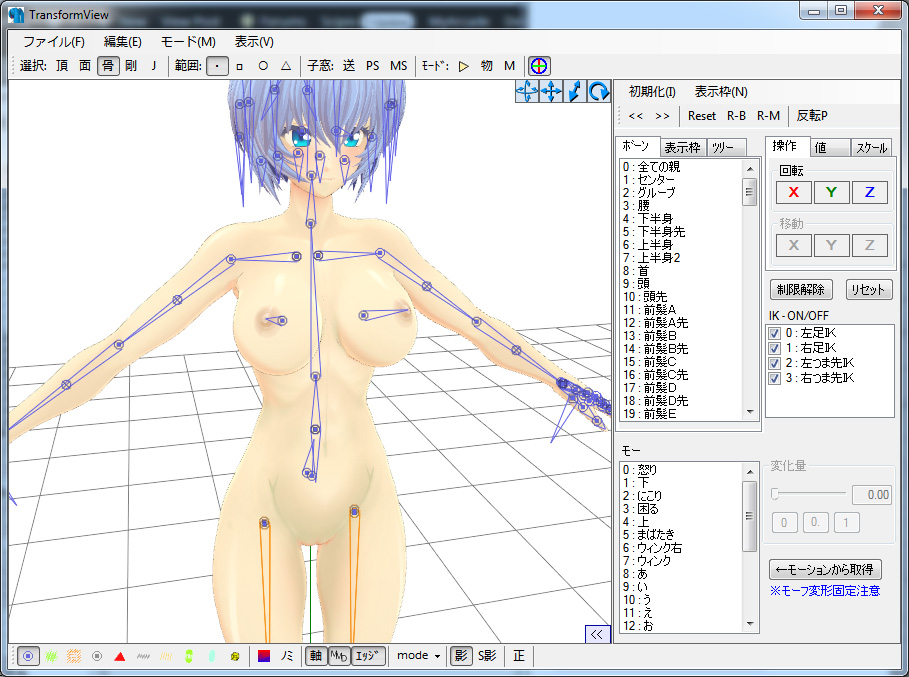




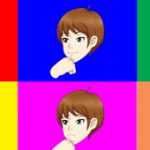


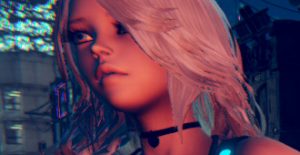

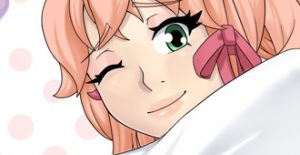


Thank you, looks nice. I will try it later. Can you do a tutorial like this about butt physics or atleast show the basic structure of bones and colliders please? Physics designed for you looks amazing and sexy XD.
I want butt physics in a model but is very hard for me.
Note: Sorry if my english is not very good.
I can try, but it is pretty complicated how I do it. There are probably easier ways you can find online.
I haven’t found any tutorial about butt physics, and there are not many models with that feature to study. I will really appreciate if you do a tutorial, thank you for the fast reply.
Really nice tutorial, Thanks!!
ps. my legs were jiggling too much but then I made the new bones smaller like from knee too middle thigh and don’t let the knee joints move anymore, works perfectly now for me.
glad it worked for you~
can you do a buttock physics tutorial ?? please
I can try at some point but I think you don’t see a lot of tutorial for that because implementation of that can vary depending on how the models legs are weighted to the hip bone, if at all.